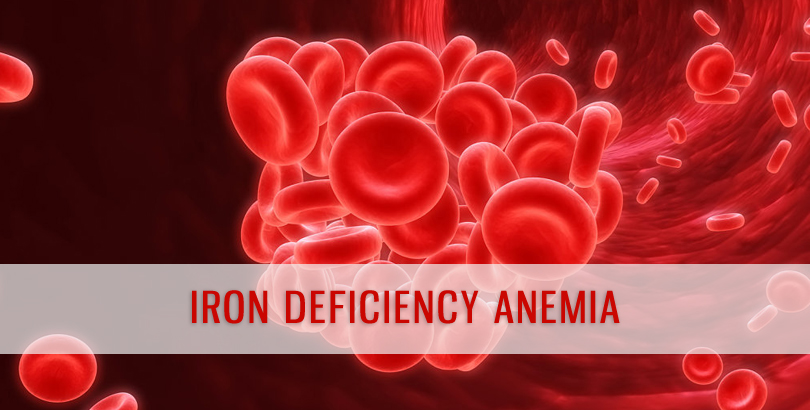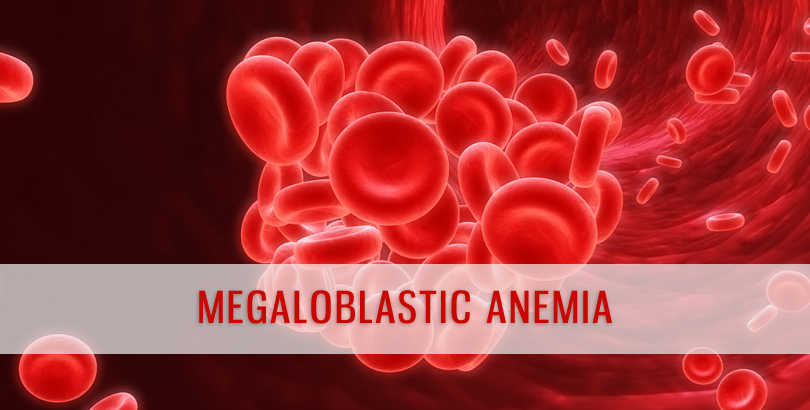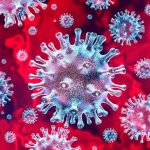Endometriosis is defined as the presence of endometrial mucosa (stroma and glands) outside the uterine cavity. Endometriosis is one of the most poorly understood and extremely debilitating benign gynecological conditions.
In the typical patient, the ectopic tissue us located in the pelvis (ovaries, fallopian tubes, vagina, cervix, or uterosacral ligaments or in the rectovaginal septum) and manifest as severely painful menses, chronic pelvic pain, or infertility.
More unusual implantation sites include laparotomy scars, pleura, lung, diaphragm, kidney, spleen, gallbladder, nasal mucosa, spinal canal, stomach, breast.
Causes and pathology of Endometriosis:
*The exact cause of endometriosis is unknown. Previously retrograde flow or backward flow of viable cells with deposition in pelvic organs was believed to be responsible.
*Risk factors for endometriosis include the following:
Family history of endometriosis,early age of menarche,short menstrual cycles (< 27 d), long duration of menstrual flow (>7 d) ,heavy bleeding during menses, delayed childbearing,
defects in the uterus or fallopian tubes
*Recent studies show involvement of immune system in development of endometriosis.
*Genetic predisposition to endometriosis has been noted.
SIGNS AND SYMPTOMS:
Symptoms of endometriosis can be variable but typically reflect the area of involvement. Such symptoms may include the following:
- Dysmenorrhea or painful menses
- Heavy or irregular bleeding
- Pelvic pain & lower abdominal or back pain
- Dyspareunia or painful intercourse
- Dyschezia (pain on defecation) often with cycles of diarrhea and constipation
- Bloating, nausea, and vomiting
- Inguinal pain
- Pain on micturition and/or urinary frequency
- Pain during exercise
The patient usually presents with a history of progressively increasing pelvic pain and/or secondary dysmenorrhea.
Cyclic pain is pain that accompanies bleeding at the time of menstruation. This could involve the bladder (hematuria), bowel (hematochezia and painful defecation), or, rarely, bleeding at uncommon sites such as the umbilicus, abdominal wall, or perineum.
DIAGNOSIS:
*Pelvic ultrasonography, computed tomography (CT) scanning, and magnetic resonance imaging (MRI) are only useful in the case of advanced disease with endometrial cyst formation or severe anatomic distortion.
* Intravenous pyelography and colonic studies are indicated if the clinical presentation suggests extragenital involvement of these organ systems.
*Gross visualization of endometrial implants remains the definitive method of diagnosis. In this era of minimally invasive surgery, laparoscopy is the procedure of choice.
*Hysterosalpingography may reveal tubal occlusion or periadnexal adhesions.
TREATMENT:
*Treatment of endometriosis comprises medical and surgical treatment.
*Recurrence of pain is more with medical treatment than surgical.
*Medical treatment is reserved for mild endometriosis while moderate to severe endometriosis are treated surgically.
*Medical management comprises pain management with NSAIDS and menstrual suppression with combined oral contraceptive pills, progestins, GnRH analogues etc.
*Conception is difficult naturally and needs assisted reproduction techniques.
*Surgical treatment:
- Surgical care can be broadly classified as conservative when reproductive potential is retained, semiconservative when reproductive ability is eliminated but ovarian function is retained, and radical when the uterus and ovaries are removed.
- Age, desire for future childbearing, and deterioration of quality of life are the main considerations when deciding on the extent of surgery.
- Surgical efforts are aimed at removal of the endometrial implants and correction of anatomic distortions. Implants can be ablated using either laser energy or electrosurgical techniques.


















